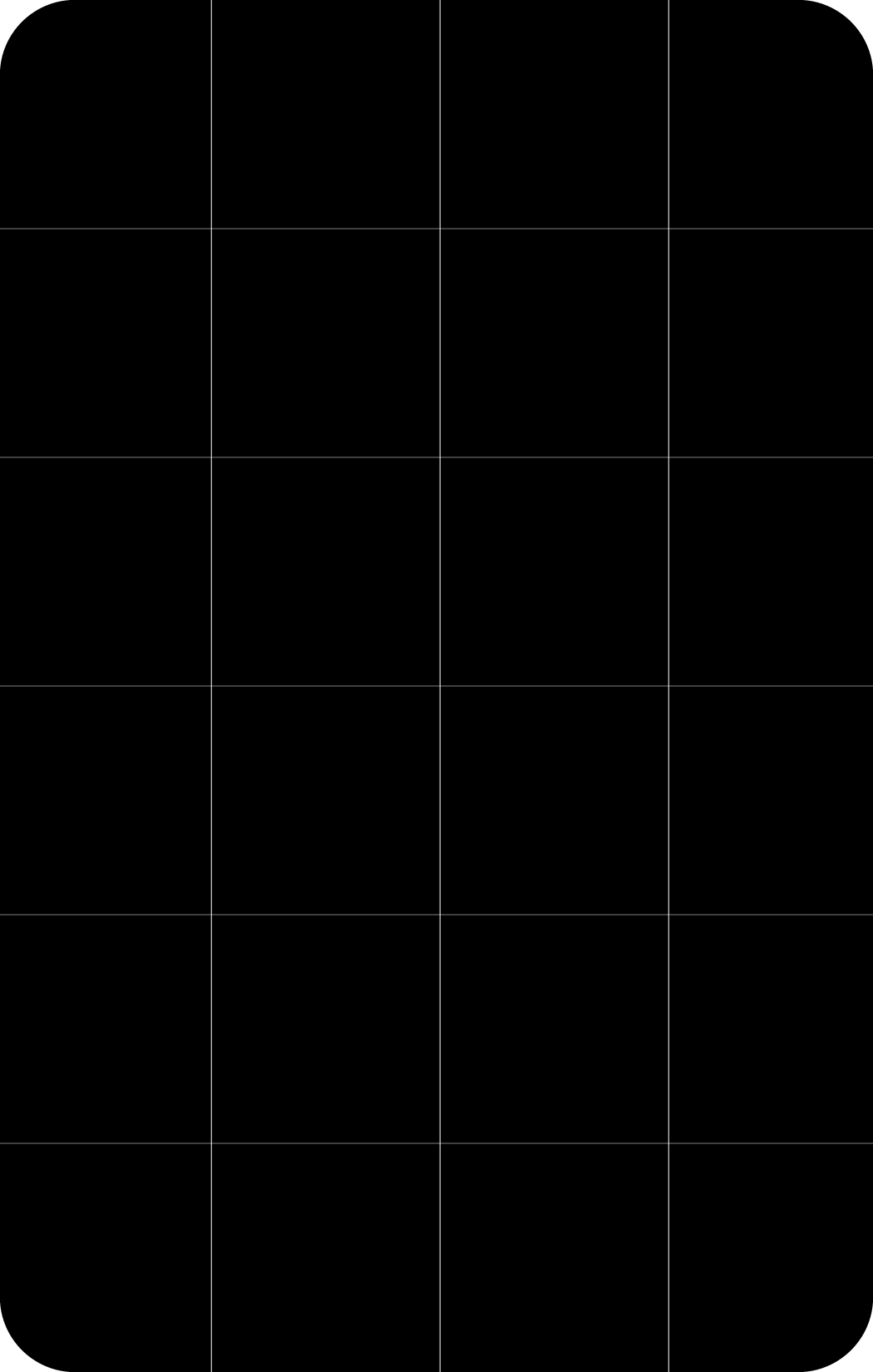Labor practices determine the speed and scale of an artist’s production. For example, artists who work in groups can share skills, labor, and time. Collectives often acknowledge that in working together ideas coalesce; labor and creativity cannot be disconnected. Well-known contemporary artists often reach beyond the scale of their own labor in order to meet the demands of galleries, non-profits, or commissions, relying upon contract workers, apprentices, or interns. Recall the fantasies that for many arts graduates begin inside art schools, of endless circulation and visibility: ten new artworks, twenty artists talks, and three solo shows annually. This necessitates labor practices that are impersonal and potentially exploitative.
Read More →
